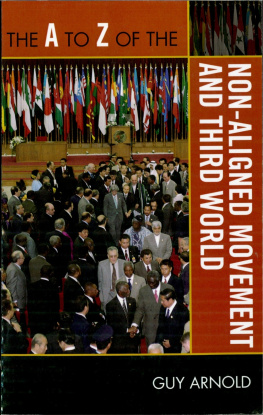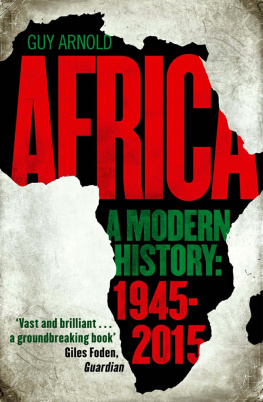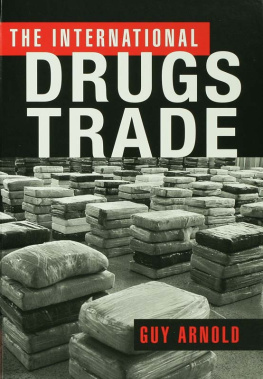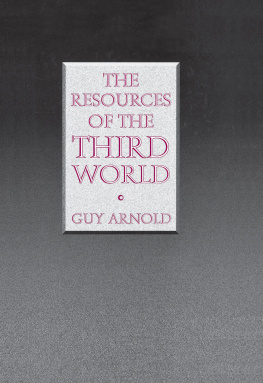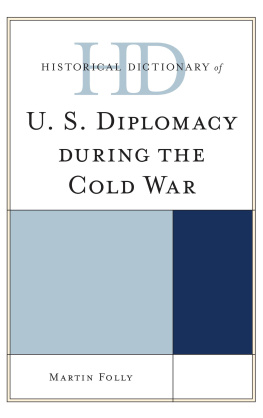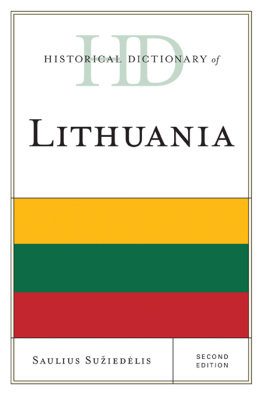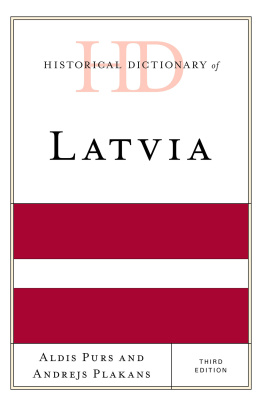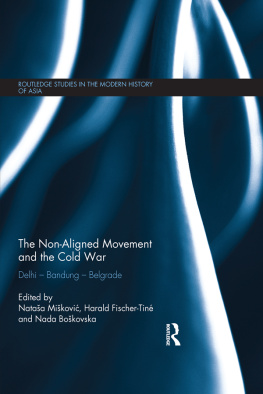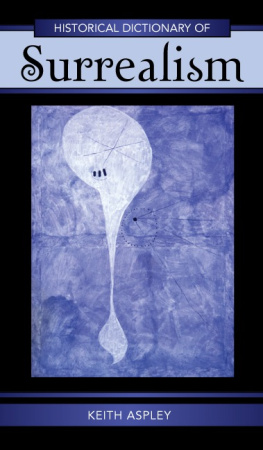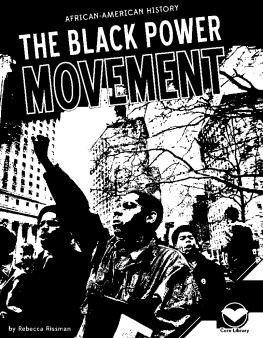The range of books and literature covering the subject of the Third World, the North and South, development and aid, and non-alignment is enormous, and any bibliography has to be selective. Donor country aid agencies such as USAID of the United States, Great Britains ODA (now DFID), or Canadas CIDA produce annual reports, country assessments, and periodic policy statements covering their activities. Non-governmental organizations (NGOs) or policy institutions and sources of funds, such as the Ford Foundation (United States) or the British Overseas Development Institute, have been responsible for reports on aid and development matters over many years. A number of Western universities have built up departments of African, Asian, or Latin American studies, and more generally, have promoted studies of development and the whole field of North-South relations. Some of these institutes, such as the School of Oriental and African Studies (SOAS) in London, have a long academic history; others have been created since the 1950s as a direct result of the growing recognition of a world divided between North and South, rich and poor.
The World Bank has become the greatest single source of regularly updated statistics on development and development trends, and its two most important publications are the World Bank Annual Report , which examines development region by region, and the World Development Report, which provides a wider annual assessment of development trends and needs. The Organization for Economic Cooperation and Development (OECD) is a primary source of statistical data relating to Development Assistance Committee (DAC) assistance. Other institutions such as the Catholic Institute for International Relations (CIIR) or the International Institute for Strategic Studies (IISS) are, in part, concerned with aid and development questions but also provide information that has a wider bearing on North-South relationsin the case of the IISS, comparative information about military expenditure and establishments. Multinational associations such as the Commonwealth or the Organization of African Unity (OAU)now the African Union (AU)have Development and Economic divisions and produce a wide range of publications. The United Nations and its specialized agencies such as the Food and Agriculture Organization (FAO), the World Health Organization (WHO), the United Nations Conference on Trade and Development (UNCTAD), and the United Nations Development Programme (UNDP) have produced an enormous literature relating to the Third World. The UNDP annual publication, The Human Development Report, is essential reading for any understanding of the problems that separate North and South. During the 1990s, literature increasingly appeared dealing with the problems of globalization that had become central to the North-South debate.
The bibliography that follows has been divided for ease of reference into the following sections, though some entries may appear in more than one section: Non-Aligned Movement; Third World: Aid and Development; Good Governance; Globalization; World Bank / International Monetary Fund; Africa; Asia; Latin America; Europe; Great Britain; France; Soviet Union / Russia; United States; United Nations.
NON-ALIGNED MOVEMENT
Berger, Mark, ed. After the Third World? Third World Quarterly 25, no. 1 (special issue, 2004).
Brandt Commission. Common Crisis North-South: Cooperation for World Recovery. Cambridge, Mass.: MIT Press, 1983.
Braveboy-Wagner, Jacqueline Anne, ed. The Foreign Policies of the Global South: Rethinking Conceptual Frameworks. Boulder, Colo.: Lynne Rienner, 2003.
Bull, Hedley, and Adam Watson, eds. The Expansion of International Society . Oxford: Clarendon, 1984.
Commonwealth Experts Group. Towards a New International Economic Order. London: Commonwealth Secretariat, 1977.
Cooper, Andrew F., John English, and Ramesh Thakur, eds. Enhancing Global Governance: Towards a New Diplomacy . Tokyo: United Nations University Press, 2002.
Djalili, Mohammad-Reza, and Philippe Braillard, eds. The Third World and International Relations . London: Frances Pinter, 1986.
Harden, Sheila, ed. Small Is Dangerous: Micro-States in a Macro-World . London: Frances Pinter, 1985.
Harris, Nigel. The End of the Third World: Newly Industrializing Countries and the Decline of an Ideology. Harmondsworth, U.K.: Penguin, 1987.
Hill, Christopher. What Is To Be Done? Foreign Policy as a Site for Political Action. International Affairs 79, no. 2 (March 2003).
Jackson, Richard L. The Non-Aligned, the UN, and the Superpowers . New York: Praeger, 1983.
Jackson, Robert H. Quasi-States: Sovereignty, International Relations, and the Third World. Cambridge: Cambridge University Press, 1990.
Jansen, Godfrey H. Afro-Asia and Non-Alignment. London: Faber and Faber, 1966. Jones, Charles A. The North-South Dialogue: A Brief History . London: Frances Pinter, 1983.
Malone, David M., and Lotta Hagman. The North-South Divide at the United Nations: Fading at Last. Security Dialogue 33, no. 4 (December 2002).
Marshall, Peter. Positive Diplomacy . London: Macmillan, 1997.
Mortimer, Robert A. The Third World Coalition in International Politics . New York: Praeger, 1980.
Robertson, Justin, and Maurice A. East, eds. Diplomacy and Developing Nations: Post-Cold War Foreign Policy-Making Structures and Processes. London: Routledge, 2005.
Rothstein, Robert L. The Weak in the World of the Strong: The Developing Countries in the International System. New York: Columbia University Press, 1990.
Sauvant, Karl P. The Group of 77 . New York: Oceana Publications, 1981.
South Commission. The Challenge to the South. Oxford: Oxford University Press, 1990.
Srivastava, Pramila, ed. Non-Aligned Movement: Extending Frontiers . New Delhi: Kanishka, 2001.
Taylor, Ian. NEPAD : Towards Africas Development or Another False Start? Boulder, Colo.: Lynne Rienner, 2005.
Taylor, Paul, and A. J. R. Groom, eds. The United Nations at the Millennium: The Principal Organs . New York: Continuum International, 2000.

